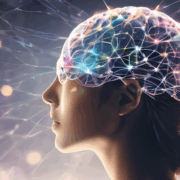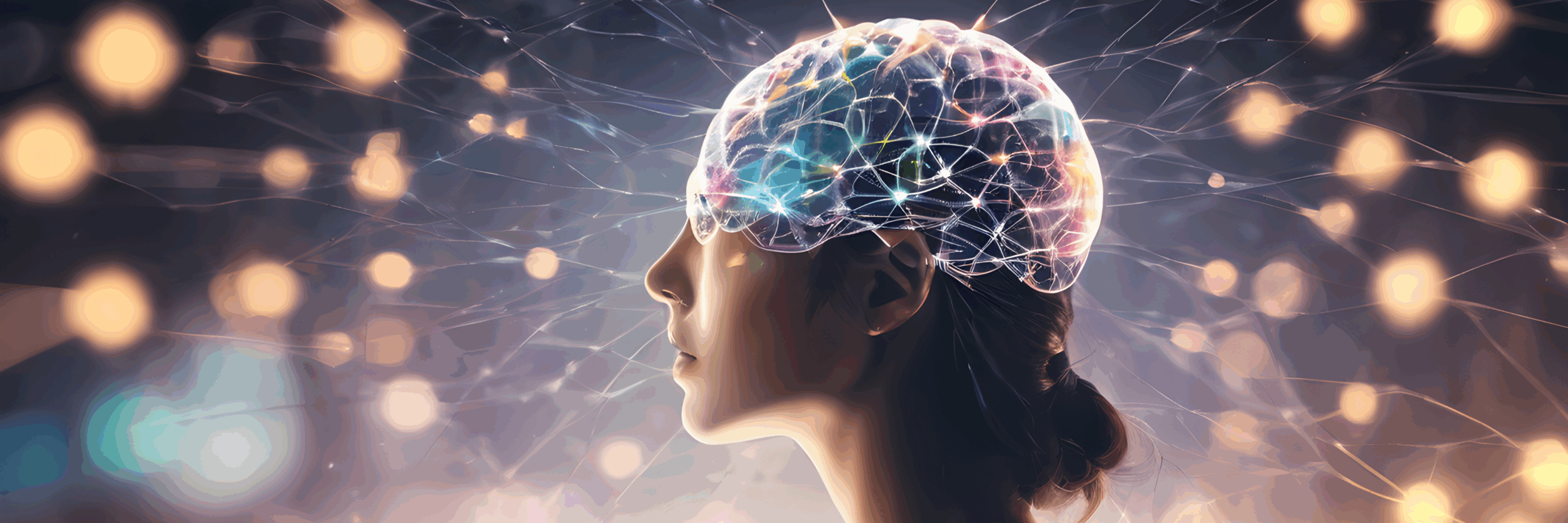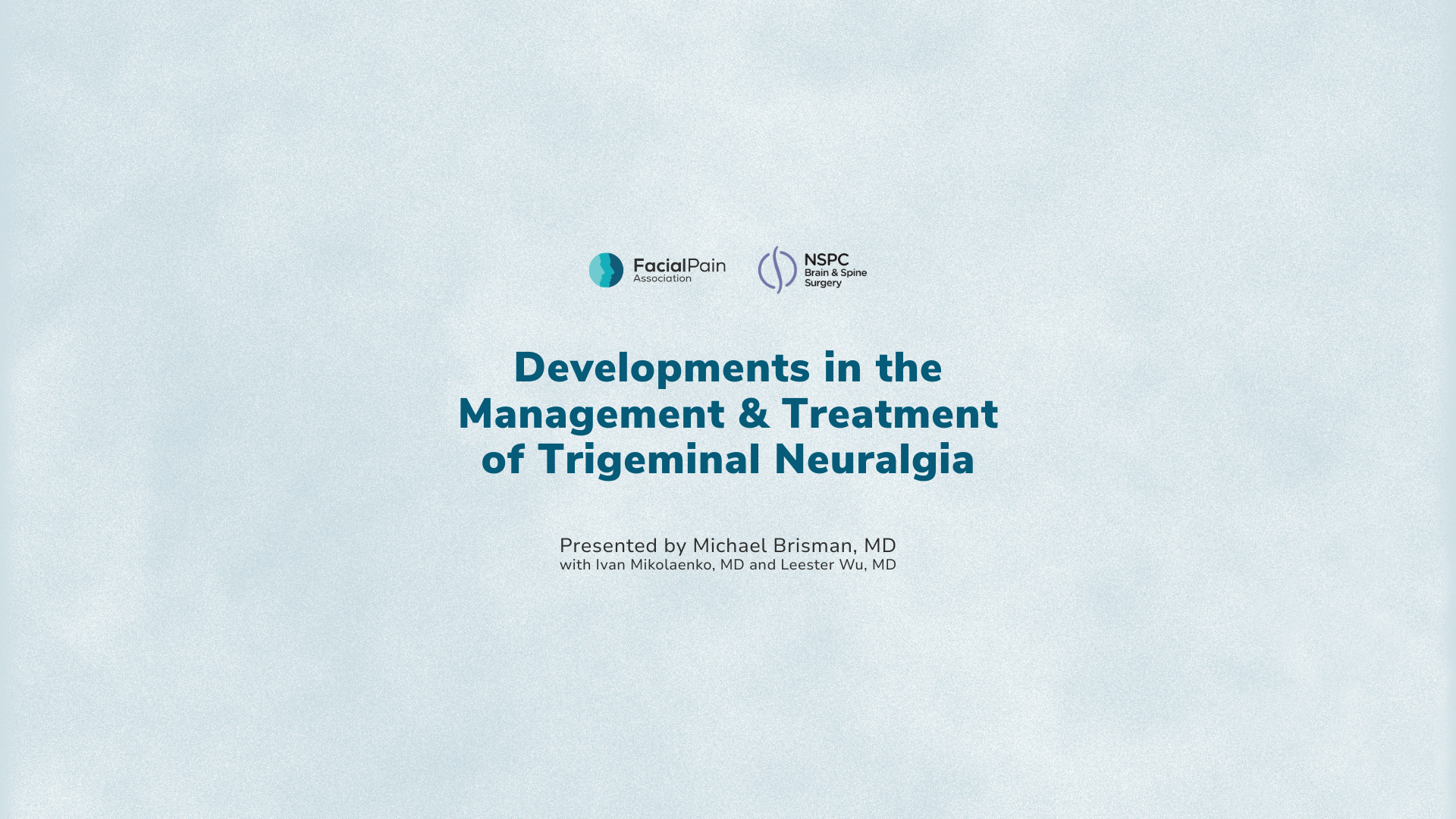Mary Rice
I was always active and healthy. I ran 5k races and loved taking photographs of the beach in my hometown of Ocean County, New Jersey. I pursued a second master’s degree while accelerating my career. I loved spending time with family and friends. I was truly happy until January 2018, when everything changed.
I experienced an enigmatic symptom of left-sided facial pain. The acute and excruciating episodes of sharp pain felt like a series of electric shocks, which occurred frequently and without warning. The pain was unexplainable.
This unpredictable, agonizing facial pain suddenly disrupted my life and took away the things I enjoyed. I could no longer live close to the beach, and I was forced to end my career, education, and social life.
In search of relief and answers, I visited the Emergency Room three times and saw my primary care doctor and two neurologists several times — no relief, no answers. Finally, after seeing a third neurologist, I was diagnosed with trigeminal neuralgia and atypical facial pain, which is a term commonly used to describe constant, burning pain. This kind of pain is more correctly labeled persistent idiopathic facial pain or trigeminal neuropathic facial pain. As a first step for pain relief, I relied on pharmaceutical interventions. Later, I underwent two microvascular decompression surgeries, as well as peripheral nerve stimulator surgery. I also tried nerve block injections and anesthetic infusions of lidocaine and ketamine. However, these procedures only provided temporary relief and gave me a false sense of hope.
I consulted with my neurosurgeon, Dr. Shabbar Danish, Chair of Neurosurgery at Hackensack Meridian Neuroscience Institute at Jersey Shore University Medical Center. He suggested a novel procedure, primarily used on patients with Parkinson’s disease, called deep brain stimulation (DBS). The groundbreaking procedure places an implant into the brain’s thalamic nuclei to interrupt pain signals. In July 2023, Dr. Danish performed the delicate surgery, assisted by an exemplary team, including Advanced Practice Nurse Dana Dolce and Clinical Neurophysiologist Eric Hargreaves, PhD.
An implant was placed into my brain’s thalamic nuclei, which is connected to an implanted neurostimulator under my chest skin near my clavicle. The neurostimulator is controlled by a battery-operated handheld device. Dr. Danish’s team meets with me monthly to adjust the settings of the device for optimal pain control. I use the handheld device to select the various programs available for my specific treatment plan. Finally, I have some relief.
I like the ability to determine when I need to adjust the settings to regulate the infrequent breakthrough pain, because there are days, such as when the weather is changing, when pain can be a little more intense. Now, I have very little pain overall.
I am ecstatic about the relief that I have received from DBS. I cannot believe how much the deep brain stimulation has helped when all else failed.









































